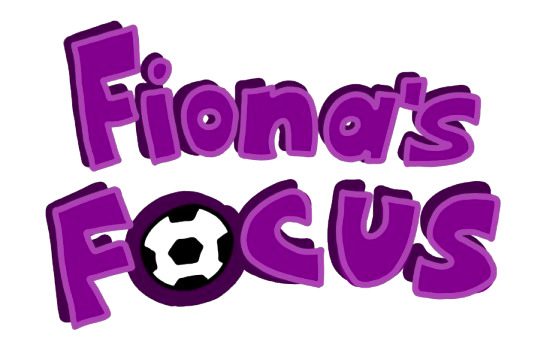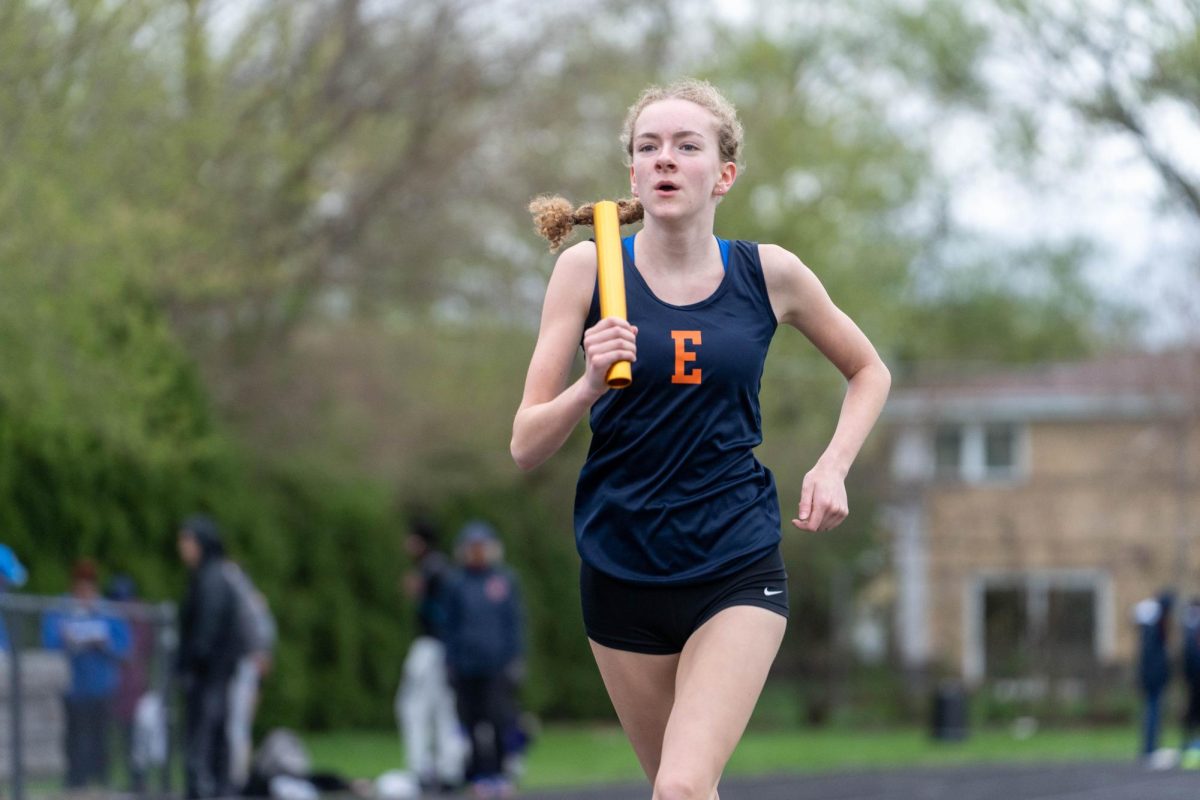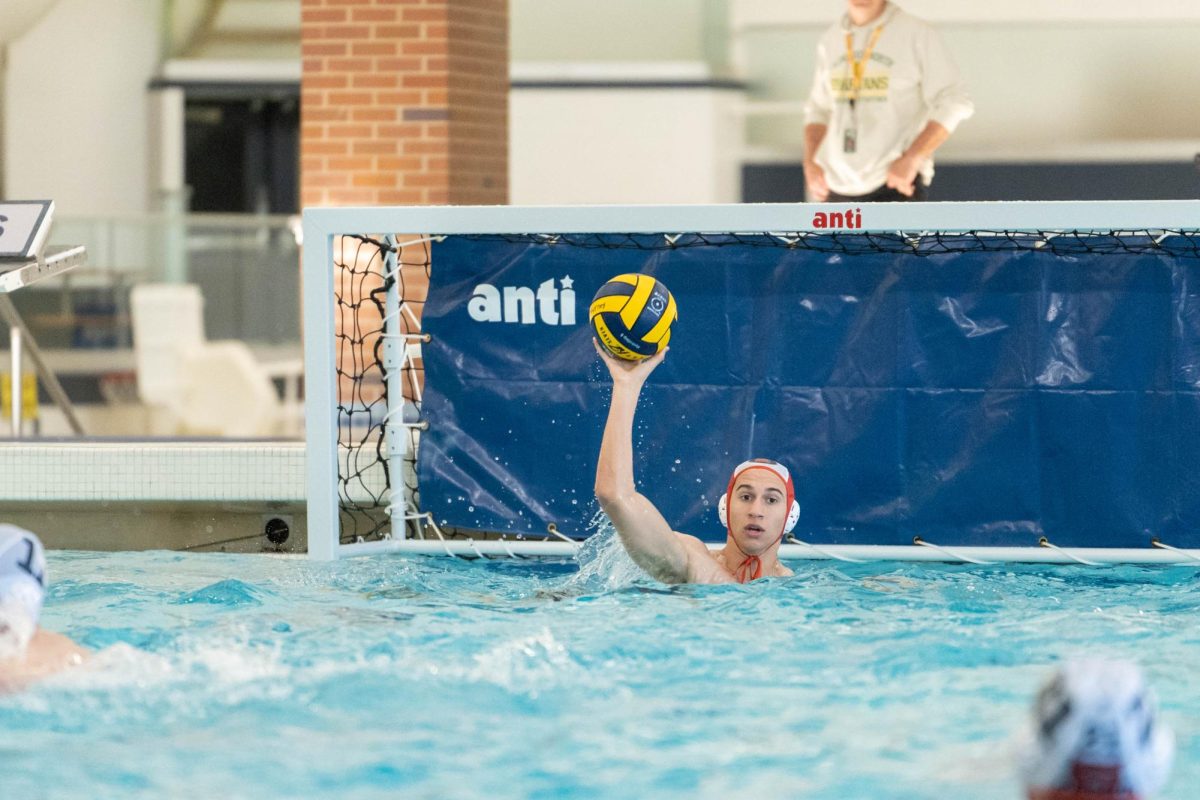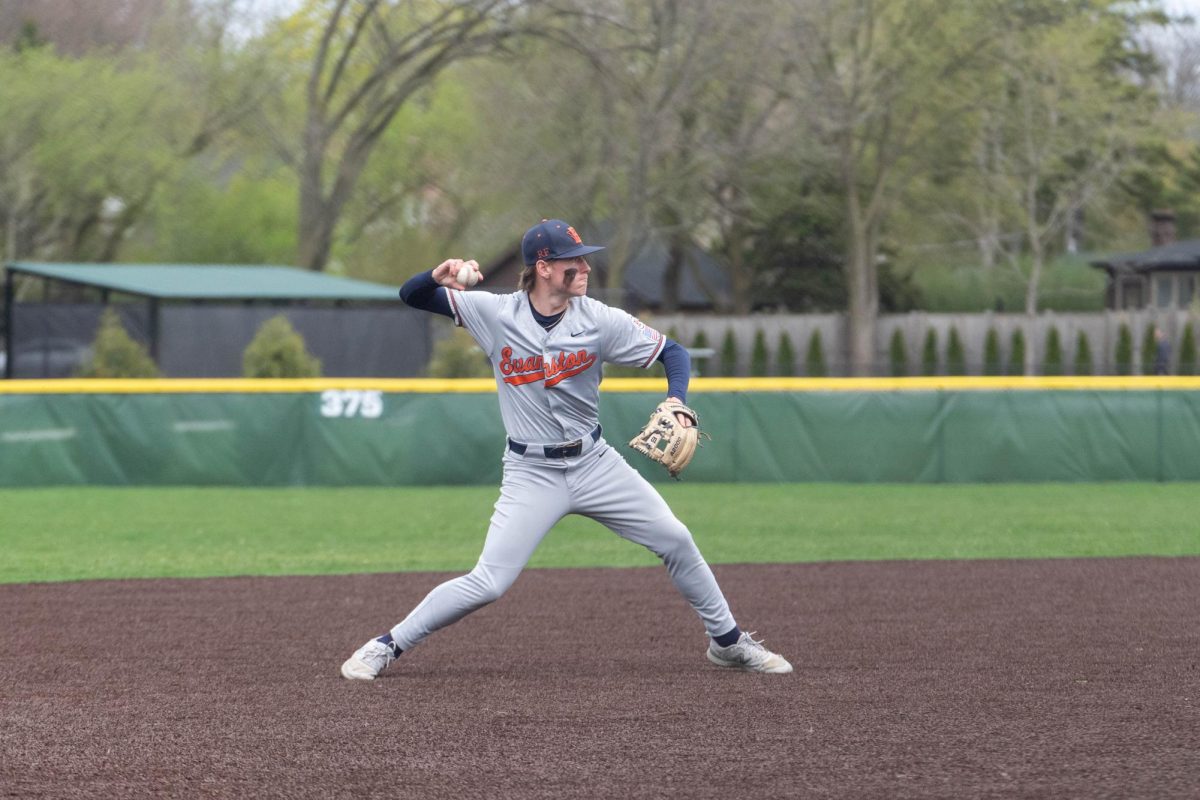Tik Tok being banned was a scary time for everyone. The fear of transitioning to Instagram Reels was a terrifying thought. Over the past couple of years Tik Tok has taken over our lives. It’s been a hub for viral videos, news, influencers trying to sell products, and more. It has amplified the voices of people all over the world and exposed viewers to new ideas and experiences. Tik Tok has been censured for being addictive for teenagers, and I’m sure adults in your life have been critical of your endless scrolling, but Tik Tok undeniably has some positive effects, specifically in the sports media industry. The rapid and broad coverage of sports has allowed for sports fans to be exposed to endless media coverage through Tik Tok, specifically exposure to the world of women’s sports
Growing up as a soccer player my biggest role models were the U.S. Women’s National Team. Figures such as Alex Morgan, Hope Solo, Megan Rapinoe, and Carli Lloyd were my idols. I wanted to grow up and be just like them. As I grew older, someone made me aware about the pay gap between the men’s and women’s teams and how the team full of my idols were fighting back against the unequal pay between 2016 and 2022. This only made me idolize them more. Not only were they phenomenal athletes who deserved to get paid as such, but they weren’t afraid to speak their mind. That’s exactly what I wanted to be when I grew up.
In an article from the New York Times on the issue, USWNT goalie Hope Solo said, “The numbers speak for themselves, [men’s players] get paid more to just show up than we get paid to win major championships.”
This issue of lack of pay directly relates to lack of coverage. It’s all a cycle; less coverage leads to fewer sponsorships which leads to less media interest which evidently leads to a pay gap.
Historically professional women’s sports have extremely lacked in coverage, this is also true for women’s sports at a high school and collegiate level. While professional men’s leagues like the NBA and English Premier League receive year-round coverage, the WNBA and NWSL only receive coverage during season and are only prioritized during important tournaments, and when nothing is happening in the men’s league. There has been progress made since the rise of Tik Tok and expansions of other social media platforms. In a study done by UnWomen, in 2019 women’s sports media coverage was at 5% but has tripled since then and was reported to be 16% in 2022. The progress in coverage has been immense but there is still more to be done.
Caitlin Clark and her rise to fame has been significant for women’s athletics. You might be sick of hearing it but it’s true. One of the reasons Clark has gained such popularity and in such a short amount is due to social media. Clark has helped bring huge audiences to women’s basketball online and in person. According to Vox, after Clark joined The Fever the team reached the best attendance in league history at about 17,000 people per game which is a 265% increase from last season.
Clark not only is an important figure to help gain popularity in women’s athletic viewership but is also a role model for many girls. Growing up all girls had an athletic influence. Some girls had Alex Morgan plastered above their bed.
“Alex Morgan is a female athlete on the US Women’s national team and I’ve always looked up to her growing up, especially as a soccer player myself”, said senior Dylan Bonn. “I’ve always been her #1 fan as when I was younger I even bought pink pre wrap to be like her. Going to watch her at the World Cup in France in 2018 changed my life”
Others idolized the strength of Simone Biles.
“I loved Simone Biles because she was such a powerful gymnast and opened so many doors for women’s gymnastics. She truly pushed the boundaries of what women gymnasts could do,” said senior Ella Nicholson.
Representation in sports from women is essential to inspire young athletes, that’s why we need more coverage of women’s sports.
Caitlin Clark, Alex Morgan, Simone Biles, and other phenomenal women in the athletic industry have had a huge impact in coverage of female sports and inspiring young female athletes. This coverage can only grow if we help it to. As a female journalist in sports I want to continue to be that voice for women athletes, and that is exactly what I plan to do and create within the Evanstonian.








